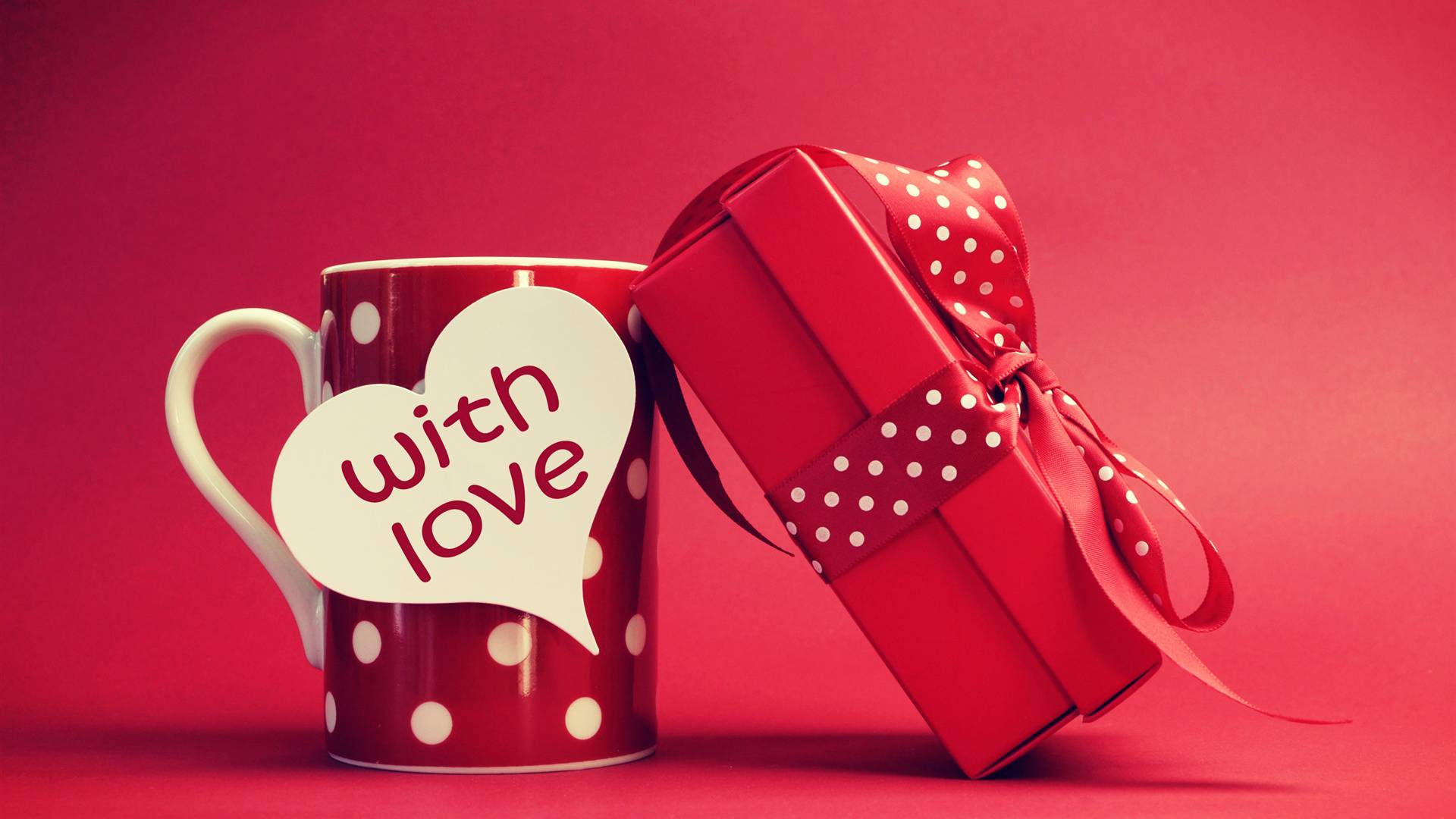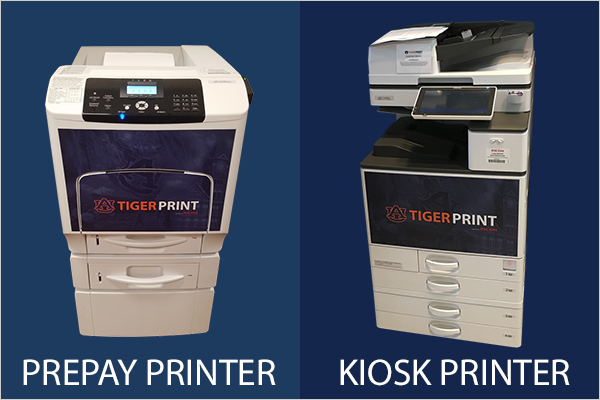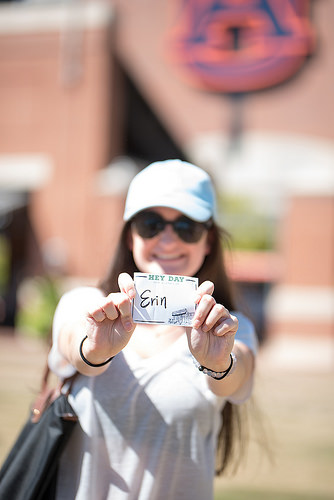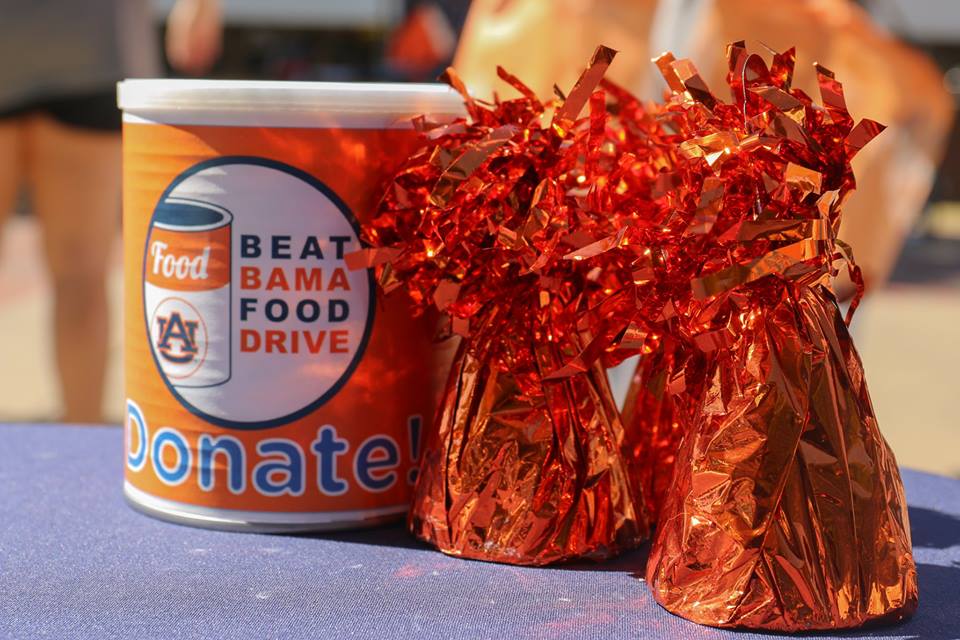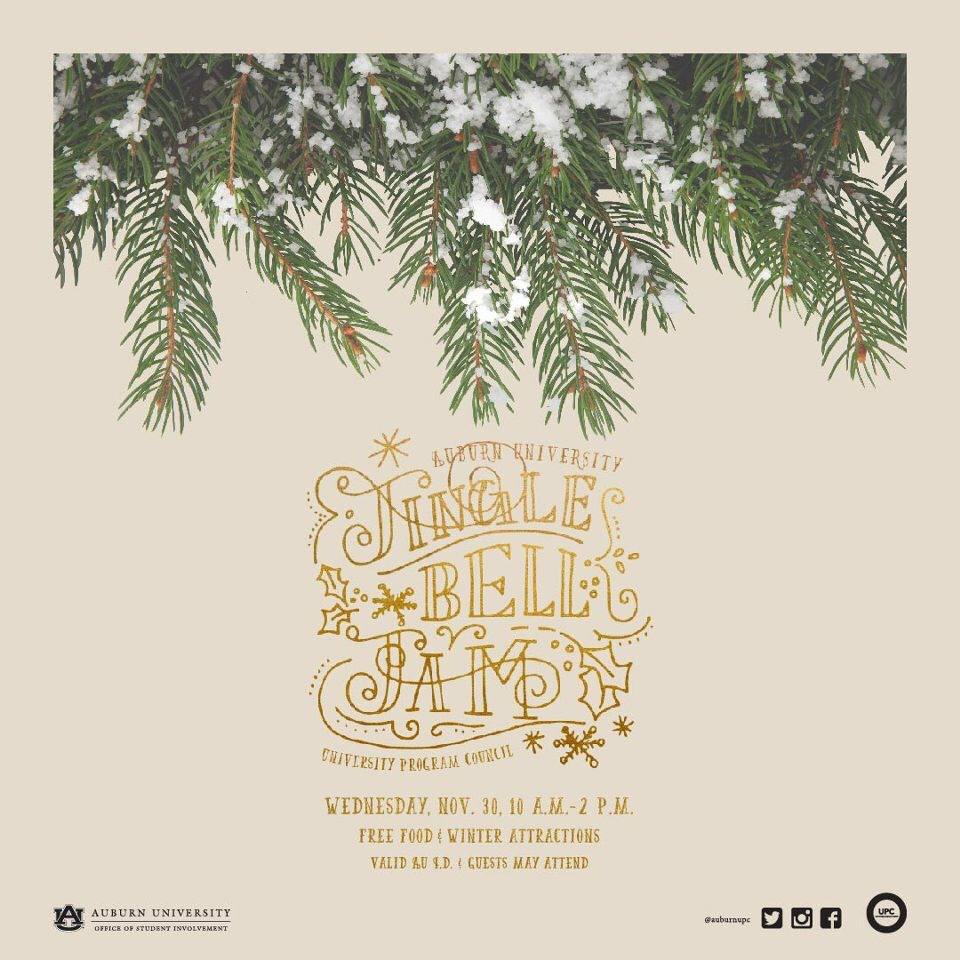Applying PR primary and secondary research practices
As Feb. 14 approaches and pink hearts fill the shelves of stores, women everywhere begin to wonder what to buy their significant other for Valentine’s Day.
While many simply ask their valentine what he wants or give into cheesy chocolates, there is a covert process that can ensure effective and anything-but-cliche gift giving. Approaching the purchase from a PR research perspective can give better insight into the perfect present this Valentine’s Day.
Step 1 – Secondary Research
Also referred to as background research, secondary research is an analysis of past studies conducted by another party. This step is vital in the search for the perfect Valentine’s Day gift.
You may think you know your significant other like the back of your hand. However, you’ll be surprised what you find when reflecting on the following information.
-
Historical Research/Case Studies
 Take a moment and reflect on past gift exchanges between you and your valentine.
Take a moment and reflect on past gift exchanges between you and your valentine.
Many martyrs from Valentine’s Days past know the sting when your date’s face shows disappointment as they open the gift. Make a list of his favorite and most hated gifts. Why did he like or dislike it? Does he appreciate handmade gifts or is he more interested in something bought?
This stage is necessary in analyzing the ghosts of presents past.
-
Internal & External Documents
Determine what your valentine is crazy about. Reach beyond the sports or hobbies he talks about regularly (though don’t dismiss these). Look at what he has in his home or car. What is his sense of style? Is there something he is lacking?
Also, take note of activities he does with you and his friends. While a gift to hold is great, it’s never a bad idea to consider an activity as a gift if it fits his personality.
-
Databases and Internet Sources
Beyond your analysis of his habits, research top gifts this season. While it may be tempting to Google, “Valentine’s gifts for him”, don’t do it. This will point you towards the cheesy chocolates mentioned above.
Instead, use keywords in your search specific to him. This will help you focus in on your gift giving pursuits.
Step 2 – Primary Research
Once you have conducted your secondary research, it is time to go directly to the source for primary research.
 In public relations, primary research methods include focus groups, interviews, censuses and surveys.
In public relations, primary research methods include focus groups, interviews, censuses and surveys.
In the case of the Valentine’s Day date, an interview is recommended.
Ask about gifts he wants or needs and solidify any brainstorming that began during your secondary research. However, don’t be overt in your questions and practice your detective skills. The element of surprise is best in the case of gift giving.
Step 3 – Decision & Gift Giving
With both your secondary and primary research combined and analyzed, it is time for the big decision. You can now decide on the best gift for your valentine!
While yes, this process may seem extensive and rather thorough, it has been the backbone for many successful PR and marketing campaigns. Therefore, follow these steps to ensure a smile from your valentine as he unwraps his gift.
For more information on PR research methods, visit Market Research Techniques: Primary and Secondary Market Research.
Happy Gift Giving! <3

